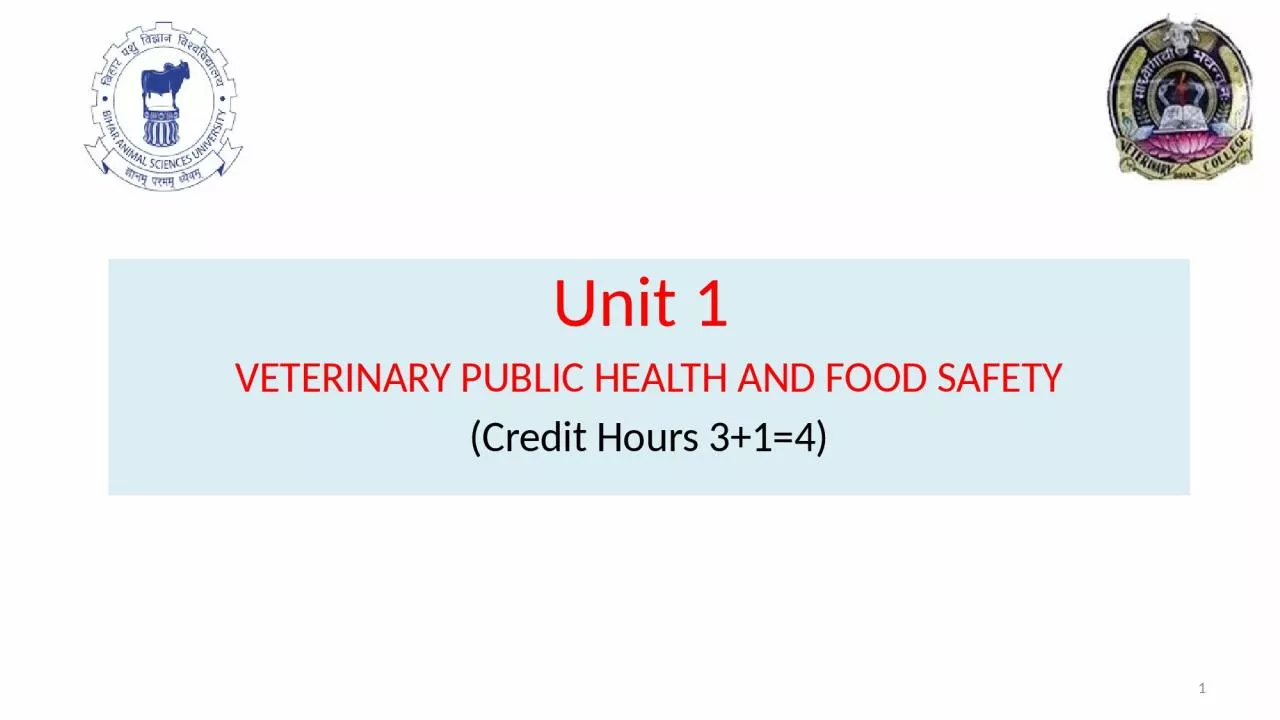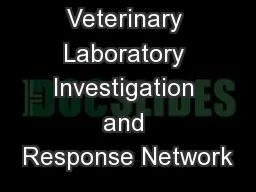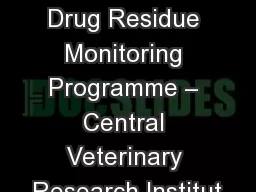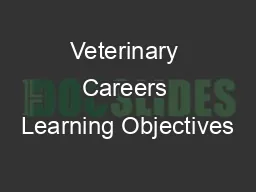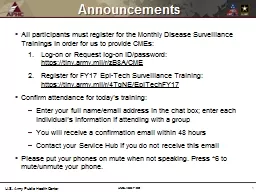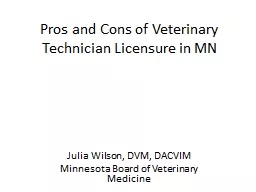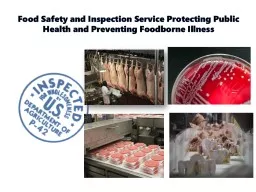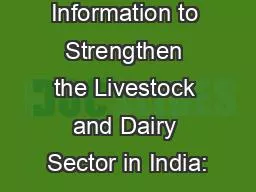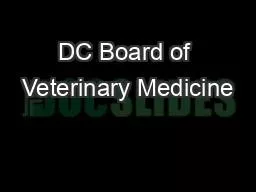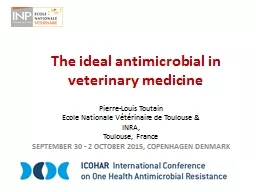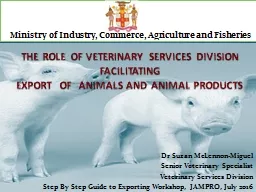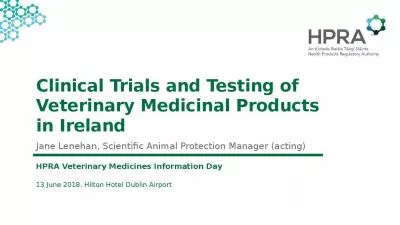PPT-Unit 1 VETERINARY PUBLIC HEALTH AND FOOD SAFETY
Author : okelly | Published Date : 2022-06-14
Credit Hours 314 1 Introduction of Food safety 2 Food Hygiene is the measures and conditions necessary to control hazards and ensure fitness for human consumption
Presentation Embed Code
Download Presentation
Download Presentation The PPT/PDF document "Unit 1 VETERINARY PUBLIC HEALTH AND FO..." is the property of its rightful owner. Permission is granted to download and print the materials on this website for personal, non-commercial use only, and to display it on your personal computer provided you do not modify the materials and that you retain all copyright notices contained in the materials. By downloading content from our website, you accept the terms of this agreement.
Unit 1 VETERINARY PUBLIC HEALTH AND FOOD SAFETY: Transcript
Download Rules Of Document
"Unit 1 VETERINARY PUBLIC HEALTH AND FOOD SAFETY"The content belongs to its owner. You may download and print it for personal use, without modification, and keep all copyright notices. By downloading, you agree to these terms.
Related Documents

